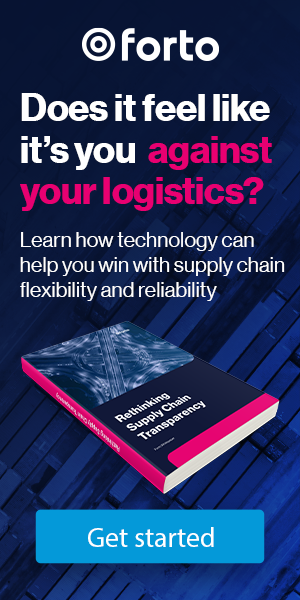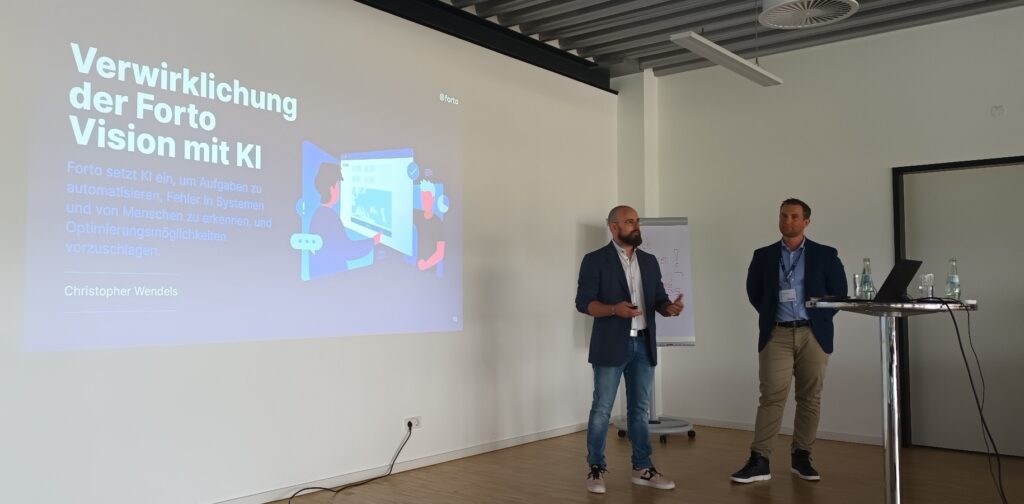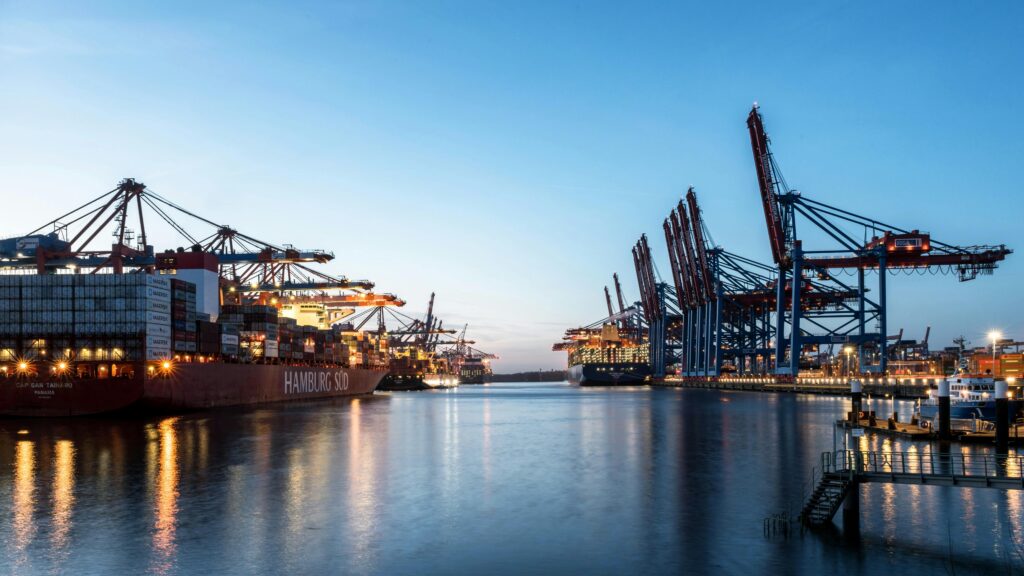Supply chains have expanded globally interconnecting businesses across country borders. However, as they’ve grown, they have also become bloated and in many cases inefficient.
Technology tools and solutions are now being introduced to address these inefficiencies and thus provide a more efficient, agile and customer-centric supply chain.
As part of the video series of WHU Inside Business – Professor Dr. Stefan Spinler and Ferry Heilemann, CEO and co-founder of FreightHub chatted about FreightHub’s unique business model and digital platform.
The interview offers an inside perspective on how FreightHub’s digital platform works and how it sets them apart from other forwarders. Moreover, it provides insight into how the still largely paper-based industry is beginning to take its first steps towards digitalization.
Digitalization in today’s global marketplace.
For many industries, it might have a slightly different meaning, but from a broader perspective, it means unparalleled speed and access to information as well as obtaining tangible value from what was before dead data.
There is much to consider when shipping cargo from point A to point B. For example, the best mode of transport, lead times, managing documents, track, and trace and of course the final cost.
To manage all of this, an exchange of phone calls would take place along with the fax machine cranking out documents in the background. A time-consuming way to manage shipments. But, now, thanks to digitalization, it is not only a time-saver but an easier way to analyze and manage a broad range of pricing and booking metrics.
Carriers and forwarders in the industry typically employ large teams of people who build sales, write quotes, and do the legwork necessary to create a price point for a shipper who is looking to move cargo. While this system works, it has its limits. This is where a digital platform has the upper hand. With the ability to analyze a broad range of pricing and booking metrics almost instantaneously, shippers can get the most accurate price point and book in less time than it takes to pick up the phone.
Setting FreightHub Apart
It’s true that many forwarders are either investing in or planning to invest in digitalization of various services. It’s also true that many forwarders allow customers to shop for quotes online. However, what sets FreightHub apart from other forwarders is that they built the business from a digital point of view rather than with a focus on manual processes and out of date IT systems. As a result, shippers have full, digital control of their supply chains.
“We’ve built a data warehouse with more than 5 million data points. We can create a multitude of real-time quotes for our customers on an online platform and make the entire shipping process as simple as using Amazon. This is a first for the industry” -Ferry Heilemann.
The Importance of Transparency
When shopping for a freight quote, a shipper can usually expect a few different offers but will receive and settle on one quote from a single forwarder. These offers, however, are usually the ones that are beneficial to the carrier or forwarder instead of the shipper. While they might offer a good deal on the spot sea freight rate, the hidden surcharges and other fees quickly add up. Even if the forwarder or carrier offers the best sea rate on the market, it might not be the best deal altogether.
This is where FreightHub’s data warehouse comes into play. Rather than receive just a handful of offers for a shipment, a shipper can review over 100 real time generated quotes at a glance. As a result, shippers have more options to choose from; thus allowing them to pick the option that best suits their need. Given the transparency of FreightHub’s system, there are no hidden surprises when the shipper gets the bill.
Heilemann notes, “The freight forwarding market, in general, is relatively intransparent. A lot of players have the interest to keep it that way because that’s how they make money.”
Why is this? “Although moving a container from A to B is an entirely commoditized business, shippers tend to focus primarily on the ocean freight rate. However, the interesting thing is that the ocean freight rate makes up just one out of ten or fifteen line items and the carrier and other freight forwarders are hiding their margins in other items,” says Heilemann.
The answer is transparency as Heilemann concludes, “We are creating transparency so that the customer knows what their shipment will exactly cost at the end and that’s something our customers appreciate and, in time, I think what everyone will come to appreciate.“
Freight Forwarding is More Than Rate Shopping
Indeed, digitalization not only provides the necessary pricing transparency. It also aids in tracking and managing exceptions in a more efficient manner. FreightHub saves shippers money by giving them the tools to build in contingency planning sooner in their processes than previously. This is a particular necessity in today’s rapidly changing global landscape.
Indeed, both the freight and the logistics industry are moving towards digitalization for many reasons. The mere increase in technology and computing power has started the change. But companies like FreightHub are fine tuning it into something more substantial.
Digitalization is the disruption that has been long overdue. As supply chain partners rely more on actionable data and transparency throughout the shipping process, it will be the digital platforms that have the answers.
Find Out More
Our thanks to WHU Inside Business and Professor Dr. Stefan Spinler for chatting with our CEO, Ferry Heilemann. Be sure to check out the complete interview.
Also, to learn more about our services, visit our website. While there, sign up for our newsletter and follow us on Twitter and LinkedIn for the latest industry news.







